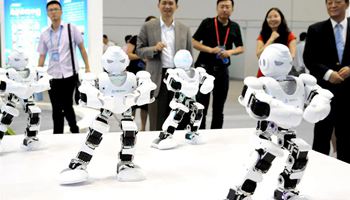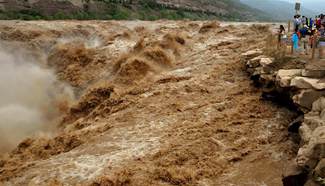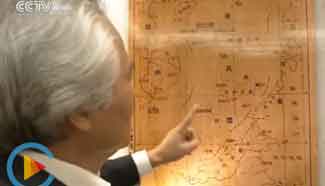SAN FRANCISCO, July 10 (Xinhua) -- A new supercomputer simulation has shown how stars and clusters form within filaments of gas over a period of 700,000 years.
The simulation is based on computer code created by University of California, Berkeley, astrophysicist Richard Klein to capture the effects of radiation, magnetic fields, gravity and other physical phenomena and paint a realistic portrait of star formation.
The evolution of a young star cluster beings with a giant cloud of interstellar gas and dust collapsing under the force of gravity. Inside the cloud, turbulent clumps of gas form and then collapse. The collapsed clumps form star clusters, and then the magnetized, swirling cores further evolve to form individual or small groups of stars.
Klein, who has an appointment at Lawrence Livermore National Laboratory, worked with Chris McKee, a UC Berkeley professor of physics and of astronomy, research specialist Pak Shing Li and their students at UC Berkeley, according to a news release from the school. The team is enhancing the code to produce new simulations that will allow them to zoom in on the formation of stellar disks.
Stellar disks are pancake-shaped, consisting of gas and dust surrounding protostars that are believed to be the first stage of planet formation.
The researchers have coupled real observations from the Hubble Space Telescope and other space-based observatories with their state-of-the art three dimensional (3D) simulation code.
"Our simulations," said Klein, "were critical to obtain important new results that match with Hubble's high-resolution images and other observations made by a variety of space and Earth-based telescopes."
The simulation is run on the most powerful supercomputer, Pleiades, of the U.S. National Aeronautics and Space Administration (NASA) at the Advanced Supercomputing facility of its Ames Research Center, and is expected to help answer fundamental scientific questions about the processes involved in the formation of individual stars and stellar clusters in our own galaxy and other galaxies.










